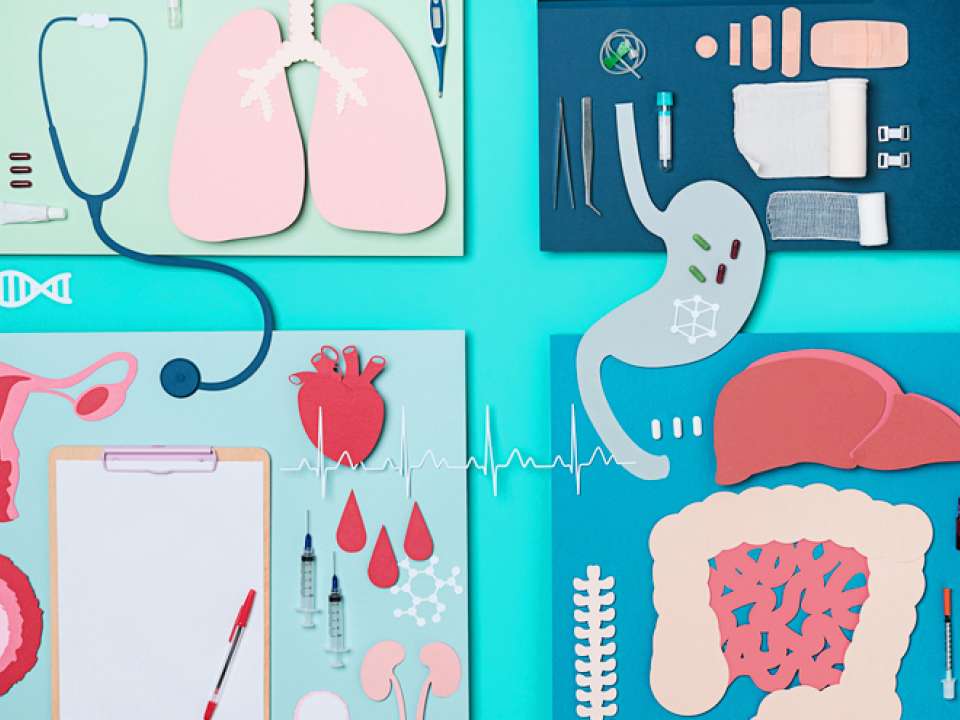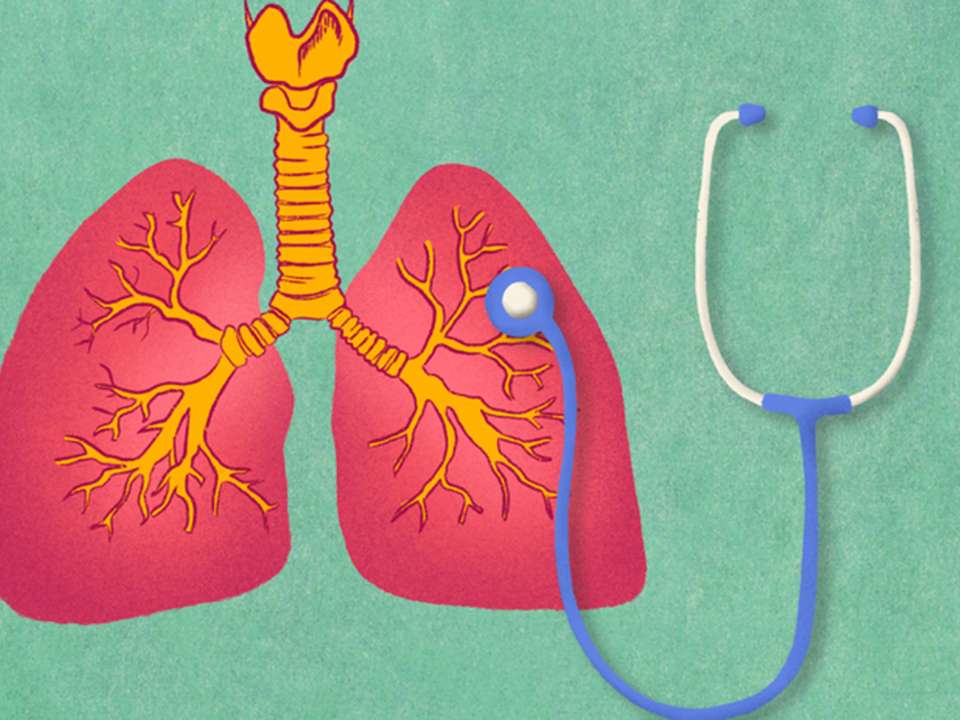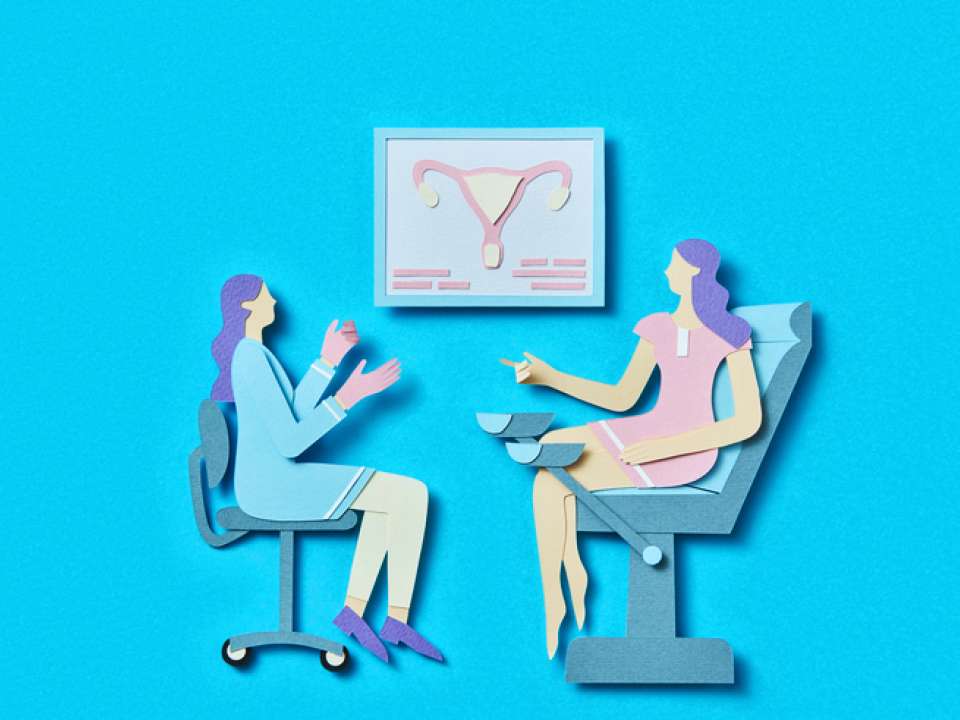I Chose Antibiotics to Treat Appendicitis and Lived to Tell

Appendicitis is a medical emergency. Left untreated, an inflamed appendix can burst and spew infectious pus and yuck into your abdomen. For more than 100 years, appendectomy has been the treatment of choice. Now studies are showing antibiotics alone can be an effective treatment. Two years ago, I avoided an appendectomy by taking this antibiotics-first approach. This is my story.
I did my best to make small talk with the Uber driver even though the pain made it difficult. It occurred to me it might be a bit rude to task a stranger with getting me to the hospital, and I’d better be polite just in case I expired in his back seat.
A dull pain
My gastrointestinal distress had started mildly 12 hours earlier. I thought the odd, uncomfortable feeling around my diaphragm was just gas from my attempt at healthier eating—carrot noodles—at dinner. Too much fiber, I guessed.
An hour later, I blamed gluten. It is often the cause of troubles in the bathroom, thanks to living with celiac disease. Stomach issues are a part of my life and typically no cause for alarm. A hot water bottle and a good night’s sleep were what I thought would help, so I went to bed.
Followed by vomiting
Then the odd uncomfortable feeling became agonizing. I needed to vomit, but not because I felt nauseated. It just hurt so much that throwing up felt like the right thing to do.
I started Googling around 4 a.m. as my body refused to sleep. The usual suspects (food poisoning, gallstones, pancreatitis and appendicitis) appeared. In denial, I continued to blame gluten and thought about visiting urgent care in the morning—just in case.
I spent the next several hours curled in the fetal position. My attempts at vomiting the pain away weren’t effective. Morning arrived; I felt optimistic and tried to take the dog for a walk before I headed to urgent care. I was sure they’d tell me it was my celiac disease.
Sharp pain, lower right side
I made it across the street before I realized a walk was a bad idea. I was reminded of my former boss who tried to go for a run before being rushed to the hospital with appendicitis. This memory coupled with the increasing pain on my right side made me realize I should probably bypass urgent care and go straight to the emergency room.
By the time I made it to University of Washington Medical Center (thank you, Uber driver), it was hard to keep it together (i.e. not cry in public). I work for UW Medicine, so I felt a duty to behave as I would at the office. (This went out the window when I attempted to navigate wearing a hospital gown on pain medication.)
A diagnosis
I would end up being in the emergency department for nearly 11 hours having diagnostic tests and being treated. I had all of the typical symptoms of appendicitis: pain in the right lower side, high white blood cell count and fever. But my appendix was hard to visualize on the ultrasounds. Was a possible ovarian cyst shown in the CT scan the actual culprit? Could it be a dilated fallopian tube instead of a dilated appendix? I learned appendicitis can be difficult to diagnose.
After a bonus pelvic ultrasound to rule out cyst and fallopian tube troubles, I was diagnosed with appendicitis and it was time for a surgical consult.
Then a choice
I was expecting to be wheeled away, “Grey’s Anatomy”-style, into the operating room. Instead, I was offered the choice of trying antibiotics first and avoiding surgery.
If I chose the antibiotics-first approach, I’d receive intravenous antibiotics in the ED and be sent home with a course of oral antibiotics. My best case scenario was being out of pain the next day (Sunday) and back to work on Monday. Worst case scenario, I wouldn’t get better and would have to undergo an appendectomy anyway. I might also have “unpleasant” side effects from the drugs.
Choosing surgery meant a longer recovery time, but by removing my appendix, I wouldn’t have to worry about another episode of appendicitis. However, even a simple, minimally invasive surgery like an appendectomy comes with the risk of complications—from skin infection to abdominal abscess to scar tissue causing a bowel obstruction (yikes!) sometime down the road.
Vanity for the win
I’d like to say I intelligently weighed the pros and cons and made my decision based on facts alone, but it was vanity that won out. I wanted to continue going to my boot camp exercise classes and didn’t want stomach stiches and scars during summer swimsuit season.
After I finished my IV antibiotic treatment, I was released and sent home with pain medication and a weeklong course of heavy duty antibiotics used to treat a range of intestinal and bacterial infections. I still had pain the next morning, but it was more soreness than a “total takeover of my gut” pain. The antibiotics appeared to be working.
There may be some side effects
In the end, I landed somewhere in between the best and worst case scenarios. The antibiotics made me feel awful. I did indeed develop some “unpleasant” side effects, including insomnia and a disgusting metallic taste that took a few days to go away after I finished the medication. I missed three days of work and an outing with friends.
But, it worked and I’m still OK. I avoided the scalpel, the scars and likely a larger hospital bill. I can be considered a positive statistic in the antibiotics-first approach.

 Healthy ideas for your inbox
Healthy ideas for your inbox





